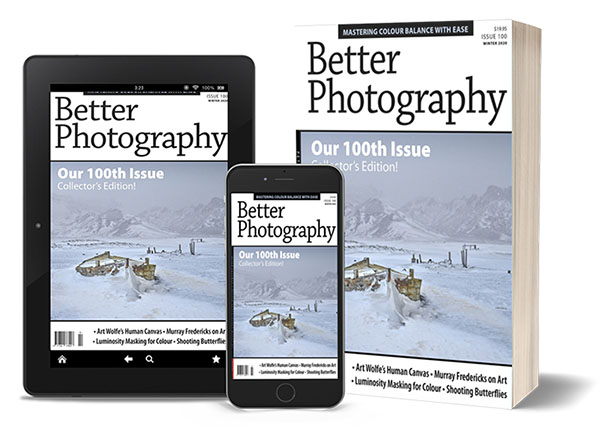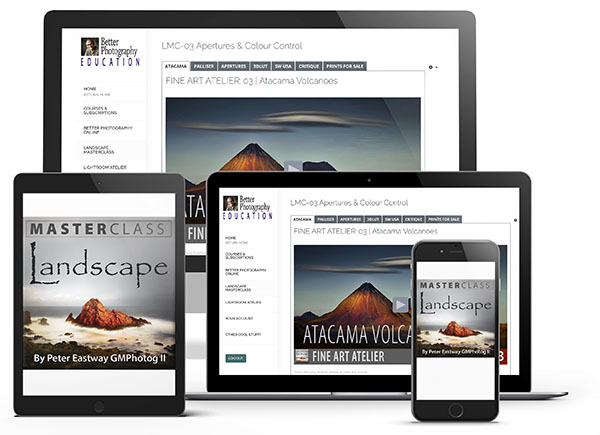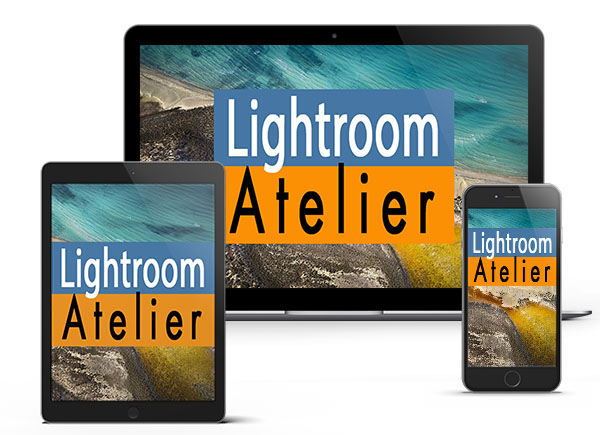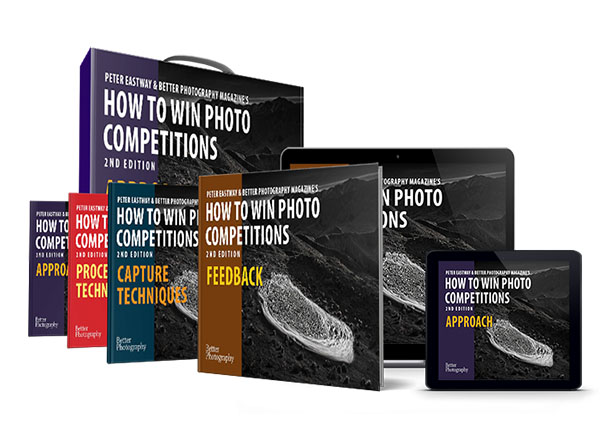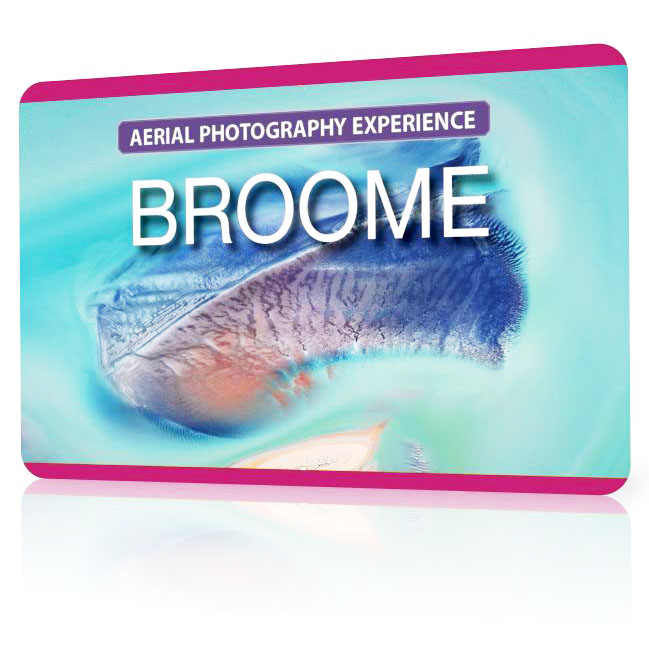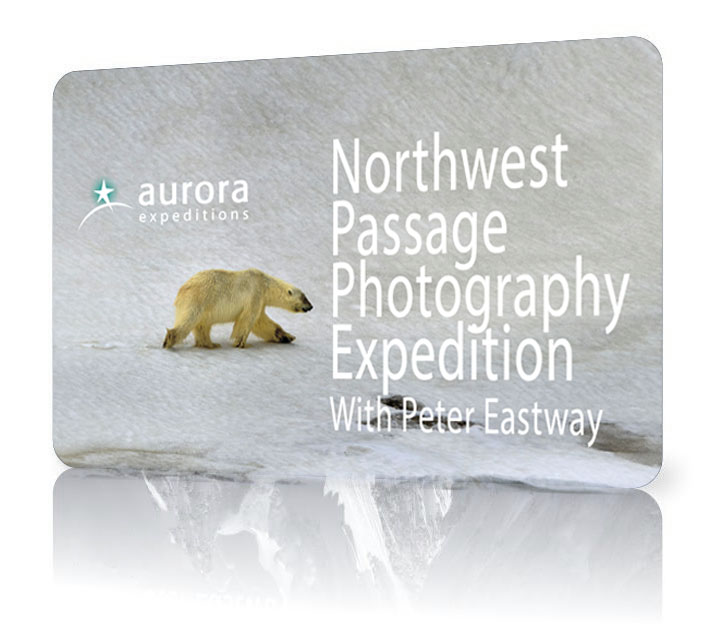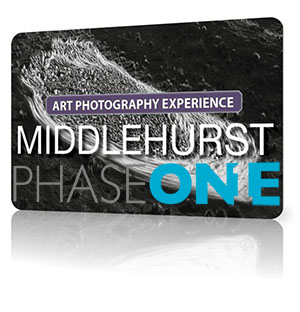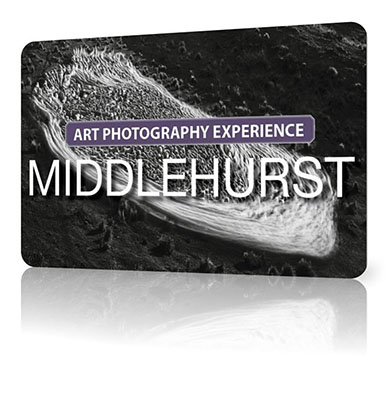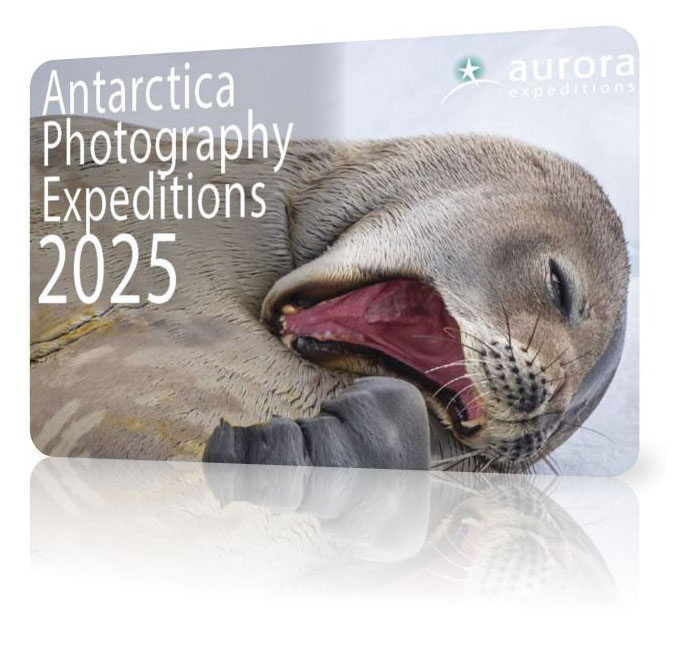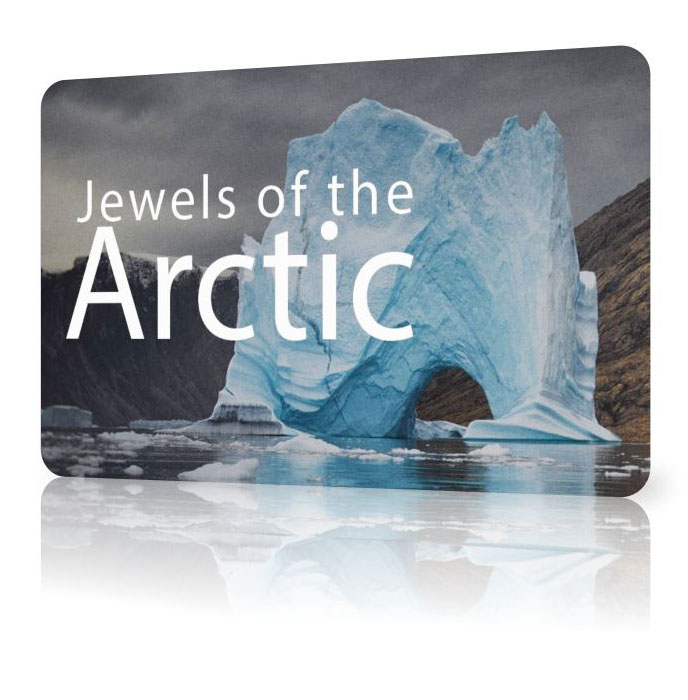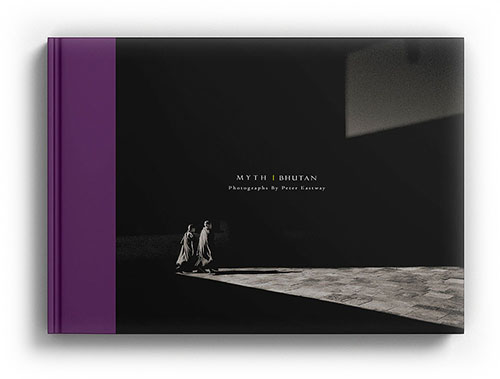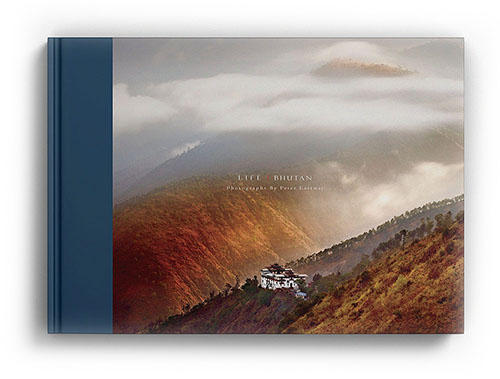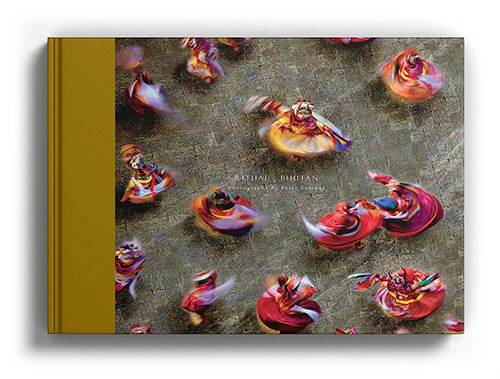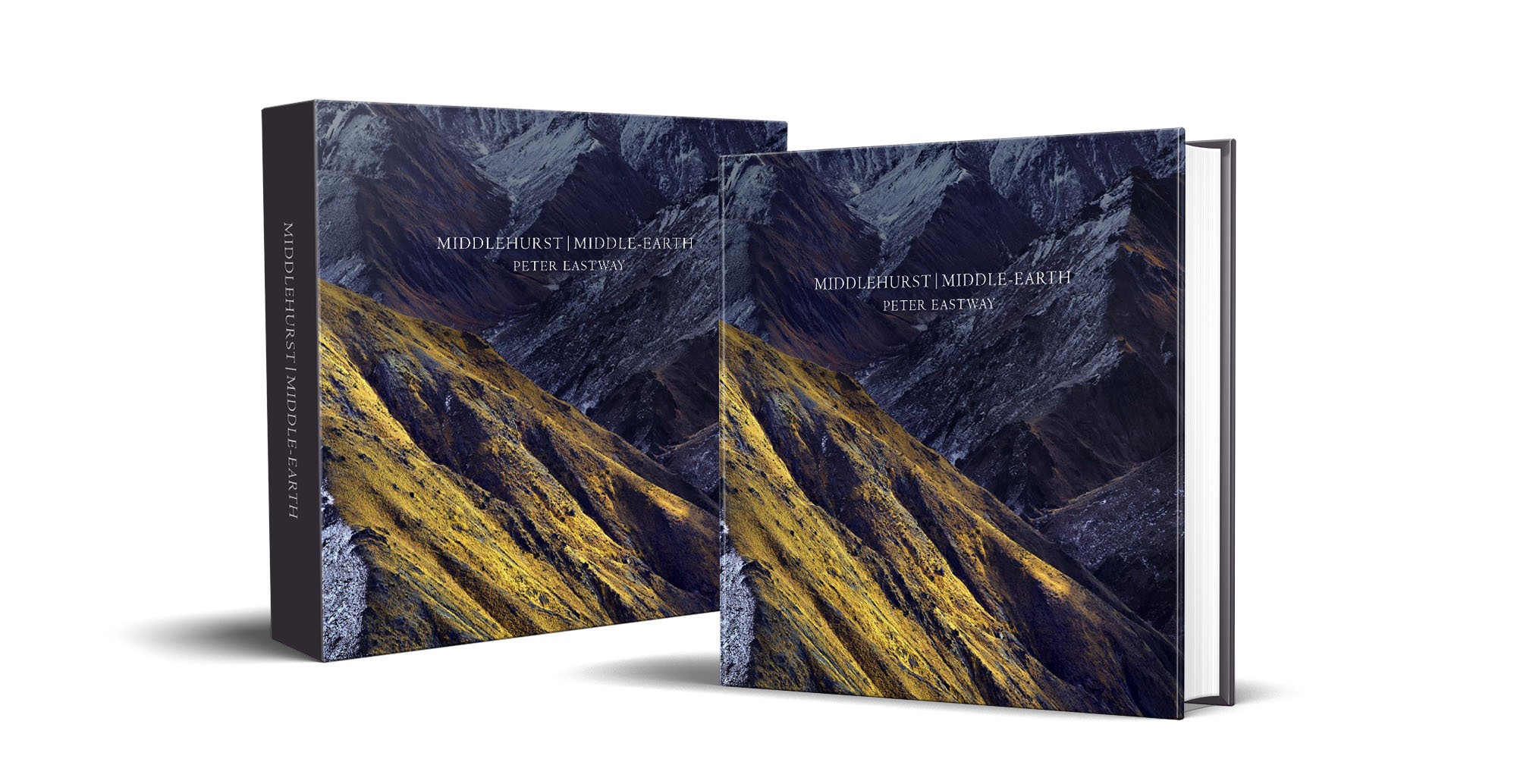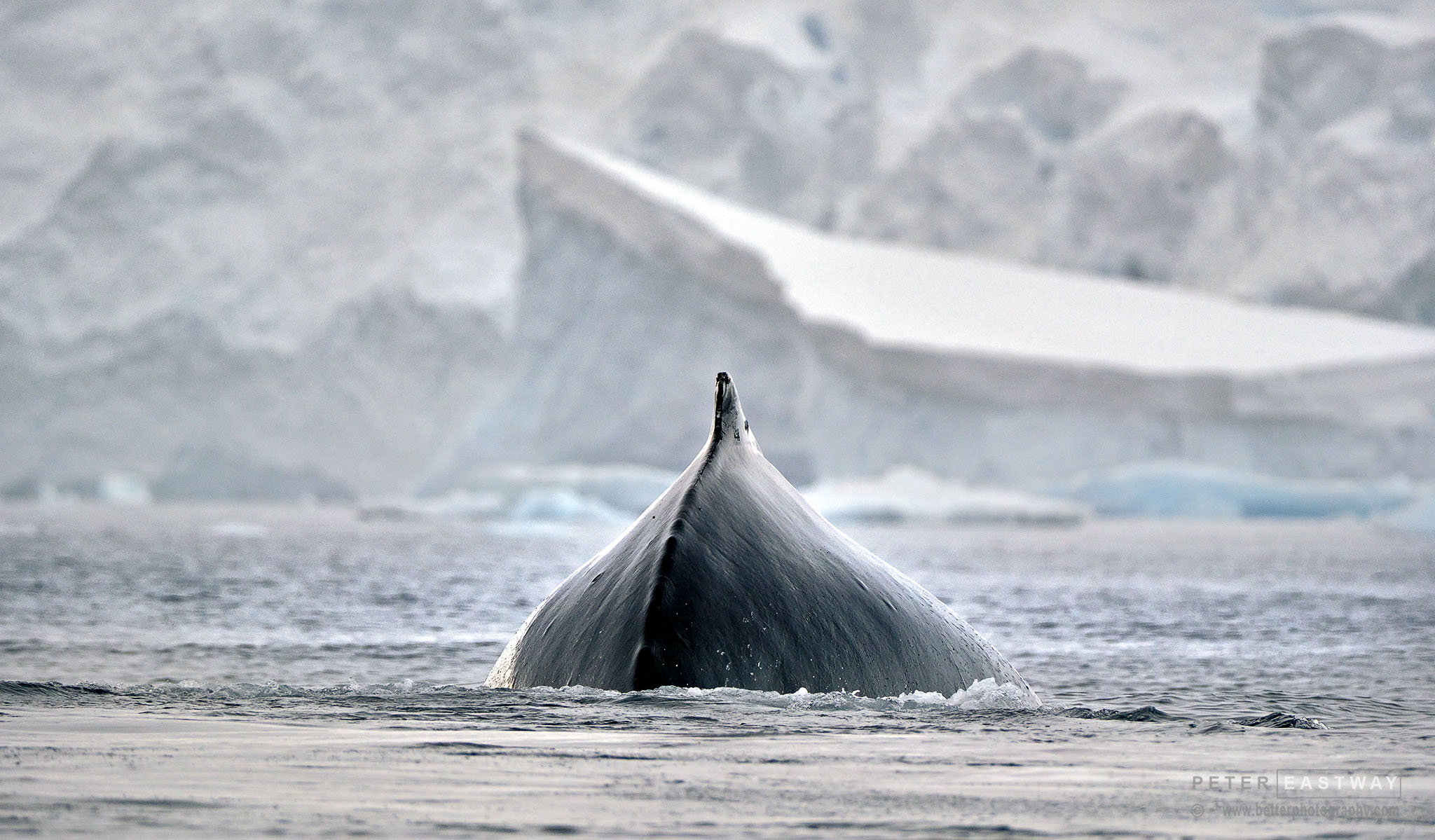Humpback Whale, Fournier Bay, Antarctica. A little less bokeh than with a super telephoto.
Fujifilm X-H2, Fujinon XF150-600mmF5.6-8 R LM OIS WR, f8 @ 1/2000, ISO 640.
One of the pleasures of using a super-telephoto lens with a wide f2.0, f2.8 or f4 aperture is the super shallow depth-of-field and the bokeh (blurry bits) on the background. While the differential focus effect might not be very obvious when your subject is a fair distance away, the closer your subject, the stronger the distinction becomes.
If you're on an African wildlife safari, shooting from a vehicle, a lot of your subjects will be a long way off and so whether you're using a super-telephoto or one of the new long zooms (like a 100-500mm or 150-600mm), it will make very little difference to the end result. This assumes both lenses produce sufficiently sharp results and that there's enough light or you can push your ISO up to maintain a sufficiently fast shutter speed. It's only when an animal comes in nice and close to the vehicle that the differential focus effect becomes more evident.
Now, for a wildlife photographer, there's possibly no decision to be made: take the super telephoto lens. In fact, take two super-telephotos like a 300mm f2.8 and a 600mm f4! But for the general photographer combining both travel and wildlife, I'd suggest one of the new zooms is a better bet because it's lighter and it gives you a range of focal lengths.
While an African 4WD might be kitted out with tripod heads on the side of the vehicle, hand holding a super telephoto on the deck of a ship quickly tires you out. Younger readers with gym memberships can ignore this advice. For the rest of us, if we're shooting all day, every day for a couple of weeks, then a lighter camera outfit will make the travelling that much more enjoyable!
And the good news is that when your wildlife subjects come in close, the zoom lenses will still create a beautiful bokeh effect and you can zoom in a little longer to enhance it if you want to!

